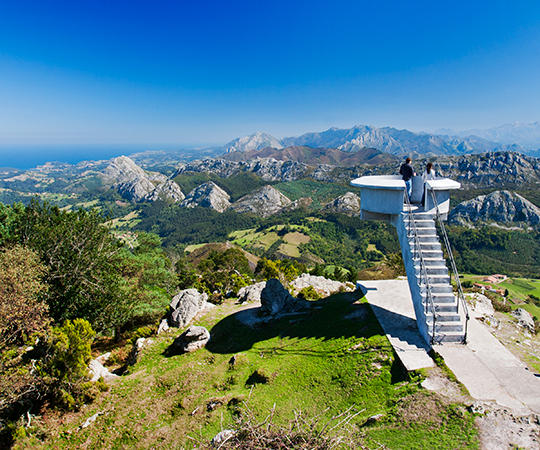 One thing Asturians are proud of is their region's nature: its mysterious forests and coastline left unscathed by the whirlwind of property developments, its salmon rivers and steep mountains, ideal for rock climbers and hikers. Arising from this pride is a magnificent conservation that has led to more than a third of Asturias' territory being declared as national and international protected areas and the best-preserved coastline in Spain.
One thing Asturians are proud of is their region's nature: its mysterious forests and coastline left unscathed by the whirlwind of property developments, its salmon rivers and steep mountains, ideal for rock climbers and hikers. Arising from this pride is a magnificent conservation that has led to more than a third of Asturias' territory being declared as national and international protected areas and the best-preserved coastline in Spain.
The exploration begins with the 6 UNESCO-listed Biosphere Reserves in the Principality.
The Picos de Europa's reserve was Spain's first National Park, protected since 1918. Rising up in the centre of this park is the Picu Urriellu, a real magnet for rock climbers, which then opens onto the Lakes of Covadonga. Fuentes del Narcea, Degaña and Ibias is a Nature Park with totemic fauna including the brown bear and capercaillie. Within this park you will also find the Muniellos Forest Nature Reserve and El Cueto de Arbás Partial Nature Reserve.
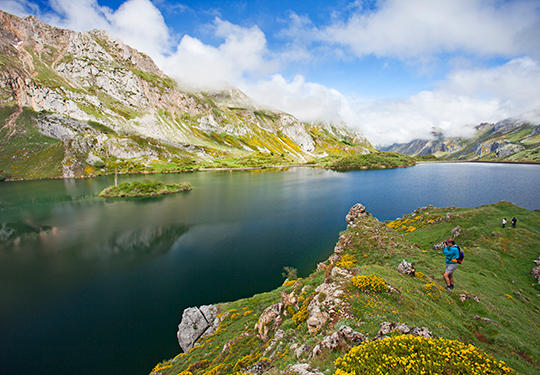
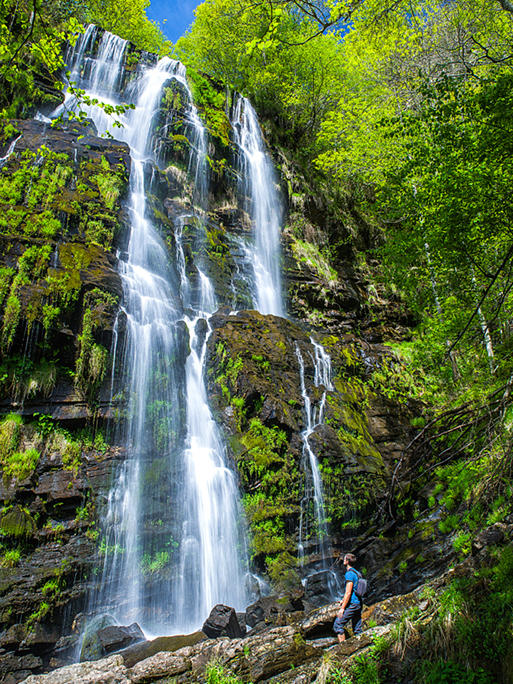
Only 20 people per day can enjoy the experience of travelling through the Muniellos Forest, the largest oak grove in Spain and one of the best-preserved in Europe. You need to book far enough in advance. The route is mapped out, is circular and is 20 kilometres long. It's free but you can pay for a guide. It takes about seven hours and covers an ascent of 600 m.
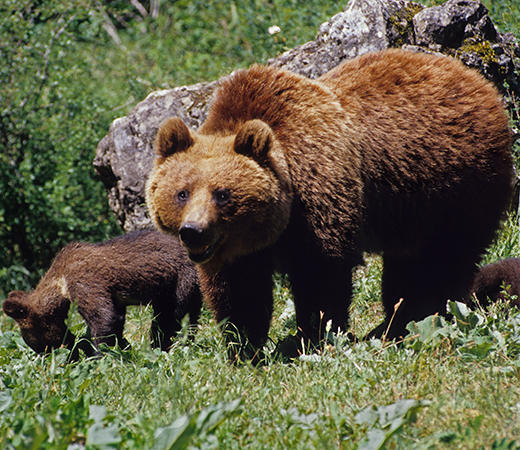 The brown bear's habitat extends up to Somiedo which, as well as being a Biosphere Reserve, became the first Nature Park in Asturias (1988). Its lake, El Valle, is the biggest in the region and its brañas (high-mountain pasture areas) are dotted with teitos (thatched roof cottages). Las Ubiñas - La Mesa Nature Park contains the second largest mountain range in the region, the Peña Ubiña Massif and is full of natural monuments, such as the Huerta Cave, home to a large bat hibernation colony, or the Puertos de Marabio, with its peculiar karst complex. Redes is a refuge for all species native to northern regions, from the brown bear to the capercaillie or the wolf. Its complex terrain, also recognised as a Nature Park, is combined with spectacular mountains, valleys and limestone gorges that can be discovered on the River Alba Trail or in Los Arrudos.
The brown bear's habitat extends up to Somiedo which, as well as being a Biosphere Reserve, became the first Nature Park in Asturias (1988). Its lake, El Valle, is the biggest in the region and its brañas (high-mountain pasture areas) are dotted with teitos (thatched roof cottages). Las Ubiñas - La Mesa Nature Park contains the second largest mountain range in the region, the Peña Ubiña Massif and is full of natural monuments, such as the Huerta Cave, home to a large bat hibernation colony, or the Puertos de Marabio, with its peculiar karst complex. Redes is a refuge for all species native to northern regions, from the brown bear to the capercaillie or the wolf. Its complex terrain, also recognised as a Nature Park, is combined with spectacular mountains, valleys and limestone gorges that can be discovered on the River Alba Trail or in Los Arrudos.
Oscos-Eo (GPS:+43.515568,-7.043293) is the biggest UNESCO-listed Biosphere Reserve. Running through this territory is the river corridor of the Eo River, a special area for bird watching.
Other networks of international protected areas are the European Union's Red Natura 2000 and Sites of Community Importance (SCIs). Following their trace, you can discover the Sueve Range, the Oneta Waterfalls, the Esva Basin, the Deboyo Cave, the Santiuste Blowhole, the Villaviciosa Estuary, the Caldoveiro Peak, the Pastur or Barayo Yew. Ponga Nature Park is made up of gorges such as the Ponga or Beyos gorges and lies within the Partial Nature Park of Peloño.
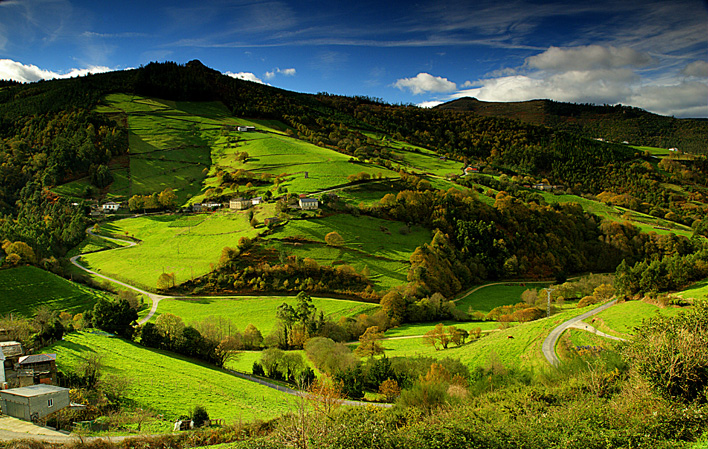

Hiking is possibly the best way to admire these lush spots In Asturias, there are trails suitable for all physical conditions and tastes and for those looking for only short excursions. And you don't even need to park the car. The intricate network of regional motorways allows you to combine visits and organise unforgettable excursions. Other options are cycling along the sign-posted and well-preserved greenways or taking a journey on one of the routes travelled by giant dinosaurs, using their ichnites carved on rocks as a guide.
Wildlife watching tourism has opened up a new door of experiences: set off on an ornithological route, follow the footsteps of the brown bear, get a taste of nature on an excursion collecting plants that are used in cookery workshops or travel through folds used by shepherds keeping your eye on the sky to spot the bearded vulture, reintroduced into Picos de Europa, in flight. This way you will be able to experience the passion for Asturian nature first hand.